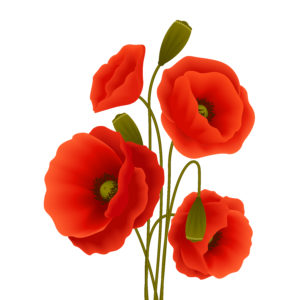
I've always been fascinated by flowers. Not just the bunches of roses that I get from my local bodega to decorate my apartment. I love the complexity of roses, the endless varieties of lavender, and the usefulness of herbs. Flowers are so much more than a fleeting bit of beauty.
It’s no surprise then that when I learned the Victorians had an entire silent language they gave to flowers, I was fascinated and wanted badly to find a way to incorporate it into a book.
The Governess Was Wanton is a twist on the traditional Cinderella story. Some elements are the same — there’s mistaken identity, a woman who is down on her luck, and an item that’s lost and must be returned by a handsome man — but I decided to flip the story to give the fairy godmother her own happily ever after.
Because I was changing the formula, I also wanted to change up the all-important glass slipper. I decided that instead of Cinderella losing her shoe, my heroine, Mary, loses her handkerchief. But it isn’t just any handkerchief. It’s unique, one of a set of twelve given to Mary by her own governess back when her life was very different. Those twelve handkerchiefs are edged in a pattern of ivy and pink geraniums.
Those flowers aren’t an accident. I chose them because in the Victorian flower language ivy stood for friendship, fidelity, and marriage. Geranium had several meetings but the ones I drew on were gentility and esteem as well as true friendship (this last one applied to oak leaf geranium specifically).
What I enjoyed the most about incorporating these flowers was that they were sort of like the Easter eggs you spot in an episode of Doctor Who. If readers know anything about flower language, it’s a fun little thing to pick up in the story. If not, the flowers were just a pretty embellishment on a handkerchief.
The thing to remember is that authors rarely chose to put something as symbolic as the glass slipper — or in this case the embroidered handkerchief — into their story without thinking a bit about the details.
If you're interested in reading more about flower language and Victorians there's a wonderful article from Atlas Obscura all about it. The next time you see a flower pop-up and romance novel maybe you can find some deeper meaning in why the author chose that flower in particular.